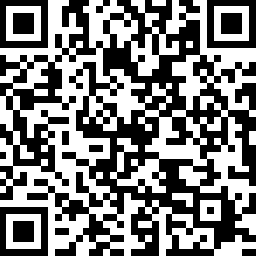
下载亿题库APP
联系电话:400-660-1360

下载亿题库APP
联系电话:400-660-1360

请谨慎保管和记忆你的密码,以免泄露和丢失

请谨慎保管和记忆你的密码,以免泄露和丢失
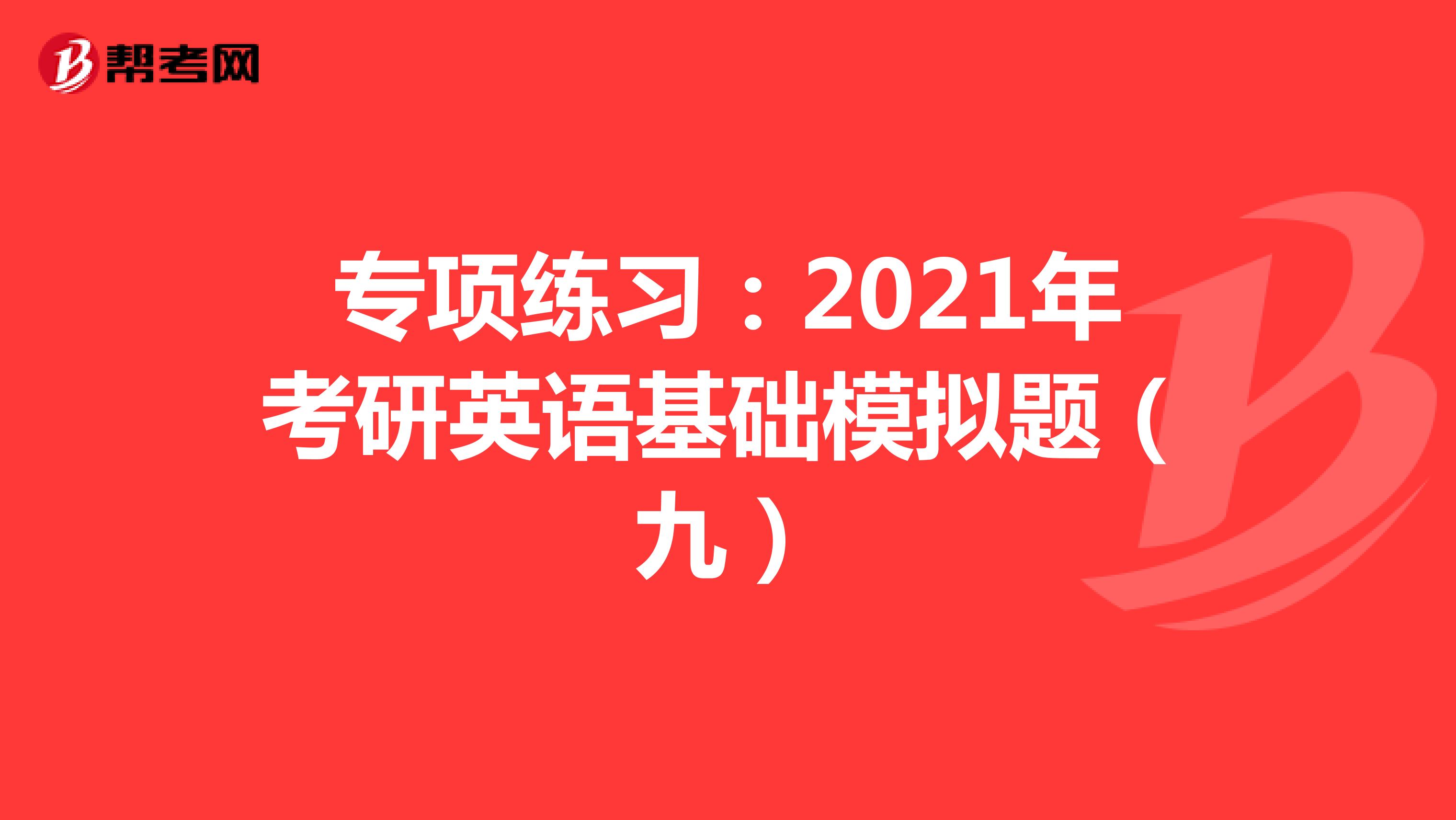
目前,2021年考研初试备考时间已不足三个月,不知各位小伙伴复习的如何了?在最后阶段,我们最需要做的是了解考试,而试题练习无疑是非常不错的方法。为了帮助大家备考,帮考网在下面为大家带来考研初试的一些模拟试题,一起练起来吧。
As students primp and preen to wow their favorite colleges, there\'s one characteristic they can\'t control: their race. That\'s one reason voters, courts and politicians in six states have outlawed racial preferences in college admissions, while other colleges, fearful of lawsuits, play down their affirmative-action efforts these days. But make no mistake: race still matters. How much depends on the school and the state.
In Texas, public universities have managed to counteract the effect of racial-preference bans by automatically admitting the top 10% of the graduating class of every high school, including those schools where most students are minorities. But Rice University in Houston, private and highly selective, has had to reinvent its admissions strategies to maintain the school\'s minority enrollment. Each February, 80 to 90 black, Hispanic and Native American kids visit Rice on an expenses-paid trip. Rice urges counselors from high schools with large minority populations to nominate qualified students. And in the fall, Rice sends two recruiters on the road to find minority applicants; each recruiter visits about 80 predominantly black or Hispanic high schools. Two weeks ago, Rice recruiter Tamara Siler dropped in on Westlake High in Atlanta, where 99% of the 1,296 students are black. Siler went bearing literature and advice, and though only two kids showed up, she said, “I\'m pleased I got two.”
Rice has also resorted to some almost comical end-runs around the spirit of the law. The university used to award a yearly scholarship to a Mexican-American student; now it goes to a student who speaks Spanish really well. Admissions officers no longer know an applicant\'s race. But a new essay question asks about each student\'s “background” and “cultural traditions.” When Rice officials read applications, they look for “diverse life experiences” and what they awkwardly call “overcome students,” who have triumphed over hardship.
Last spring, admissions readers came across a student whose SAT score was lower than 1,200 and who did not rank in the top 10% of her class. Numerically speaking, she lagged far behind most accepted applicants. But her essay and recommendations indicated a strong interest in civil rights and personal experience with racial discrimination. She was admitted. “All the newspapers say affirmative action is done,” says a veteran counselor at a large New York City high school. “But nothing has changed. I have a [minority] kid at Yale with an SAT score in the high 900s.”
While minority admissions at the University of California system overall have dipped only slightly since a ban on affirmative action took effect in 1998, they have plummeted at the most selective campuses. At Berkeley, for example, the class entering this fall included 608 Chicano students, vs. 1,013 in 1997. In response, the elite schools have moved aggressively to recruit at minority high schools——and even to improve the performance of students who are graduating from them. This year the U.C. system will spend $250 million on outreach, from installing tutors at low-income schools to inviting high school teachers to summer calculus seminars.
1. Affirmative action is something ___________.
[A] that guarantees students of different races to be admitted equally
[B] American citizens fight against because it discriminates minority students
[C] colleges take to give preference to minority students in college admission
[D] favored by American colleges yet unpopular with American public
2. Rice University sent two recruiters to find minority applicants because _________.
[A] Rice wanted to maintain minority enrollment
[B] minority students have better school performance
[C] Rice has a large minority population
[D] Rice is famous for admitting minority students
3. The writer mentioned Rice‘s some comic end-runs around the spirit of the law to show that_____________.
[A] Rice abides by the law strictly
[B] Rice deals with students in a comic way
[C] Rice prefers minority students
[D] Rice has its own ways of dealing with the law
4. It seems that minority students _________.
[A] are still benefiting from affirmative action
[B] have lower SAT scores
[C] are often admitted by universities because they have unique racial experience
[D] lag far behind than other students in school performance
5. The word “plummeted” (Line 2, Paragraph 5) most probably means_________.?
[A] doubled
[B] risen
[C] stayed the same
[D] decreased
答案:C A D A D
以上就是帮考网为大家带来的全部内容,希望能给大家一些帮助。帮考网提醒:目前2021年考研大纲已经公布,小伙伴们在复习时要注意以大纲为准哦。另外,小伙伴们如果还有其他关于考研信息的疑问,也可以留言咨询哦。
 22
22以前年度的普通研究生入学考试成绩还能查询吗?:以前年度的普通研究生入学考试成绩还能查询吗?以前的考研成绩能查,成绩查询可以登录中国研究生招生信息网,根据自己报考研究生考试的报名号登陆,即可查询以前的考研成绩。
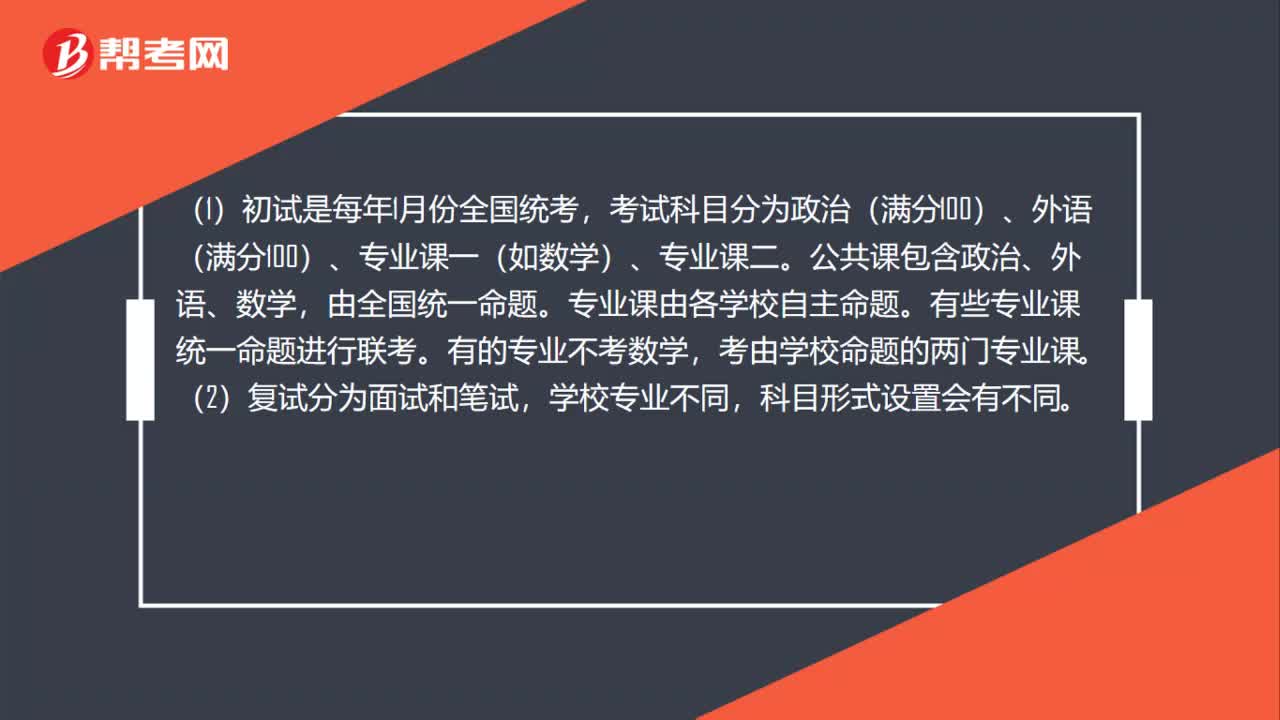 44
44研究生入学考试要考哪几门?:研究生入学考试要考哪几门?(1)初试是每年1月份全国统考,考试科目分为政治(满分100)、外语(满分100)、专业课一(如数学)、专业课二。公共课包含政治、外语、数学,由全国统一命题。专业课由各学校自主命题。有些专业课统一命题进行联考。有的专业不考数学,考由学校命题的两门专业课。(2)复试分为面试和笔试,学校专业不同,科目形式设置会有不同。
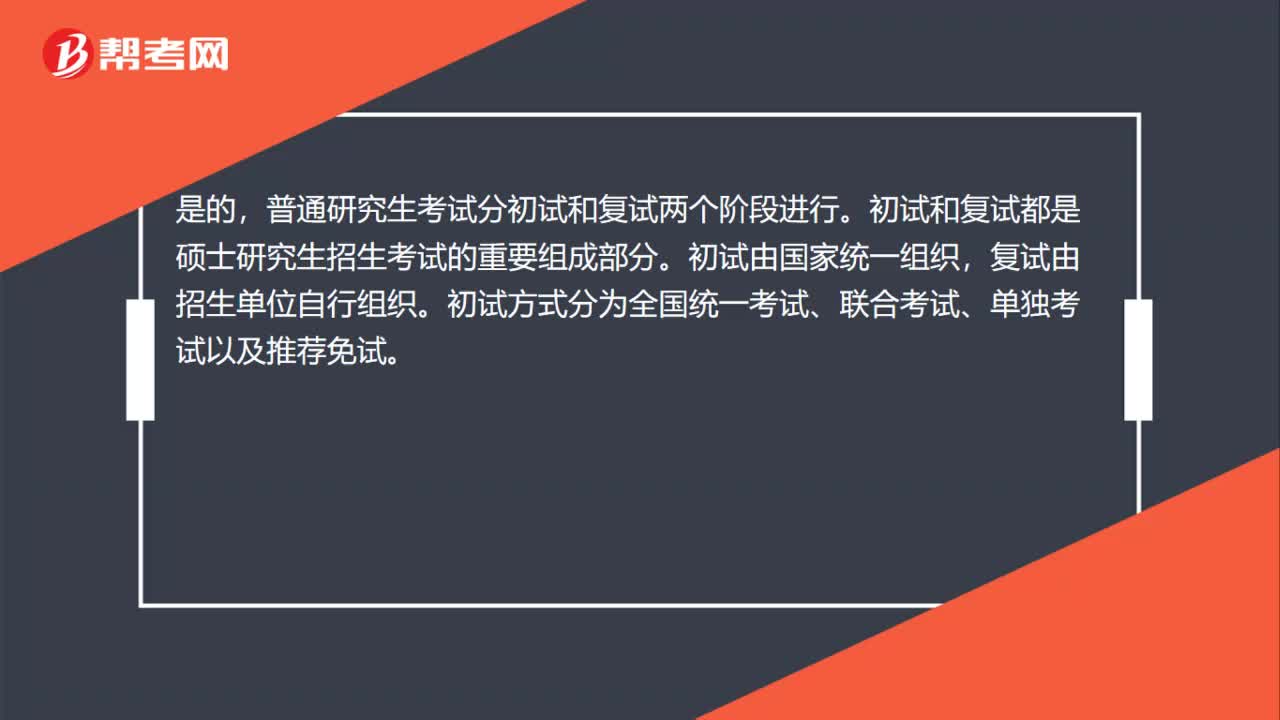 49
49普通研究生入学考试同一专业的初试是全国统一的吗?:普通研究生入学考试同一专业的初试是全国统一的吗?是的,普通研究生考试分初试和复试两个阶段进行。初试和复试都是硕士研究生招生考试的重要组成部分。初试由国家统一组织,复试由招生单位自行组织。初试方式分为全国统一考试、联合考试、单独考试以及推荐免试。全国统一命题科目及招生单位自命题科目试题(包括副题)、参考答案、评分参考等应当按照教育工作国家秘密范围的有关规定严格管理。
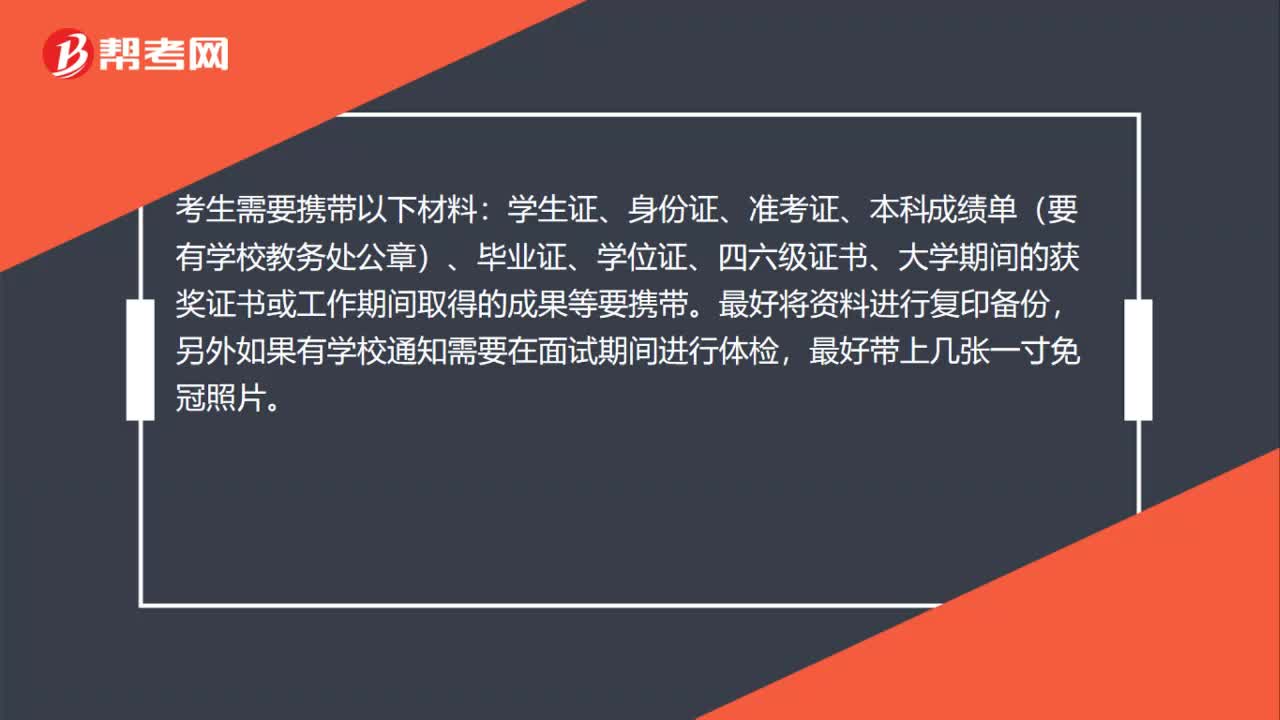 00:41
00:412020-06-06
 00:44
00:442020-06-06
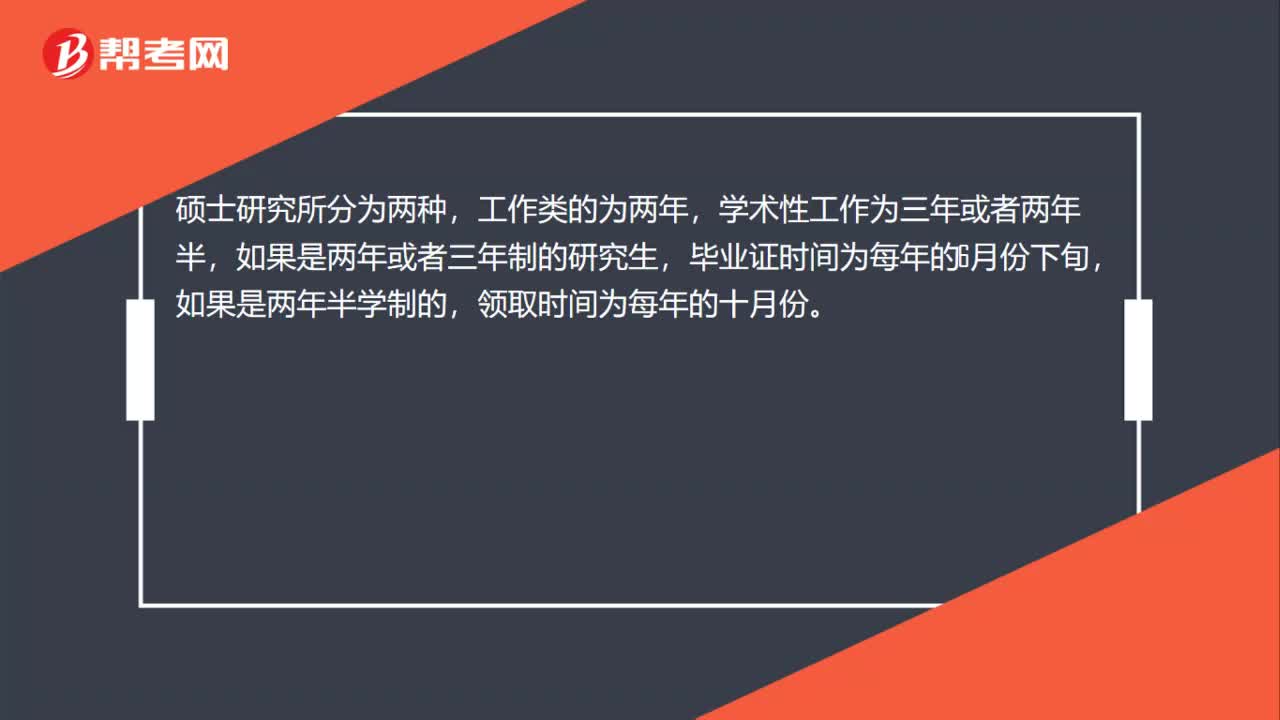 00:28
00:282020-06-06
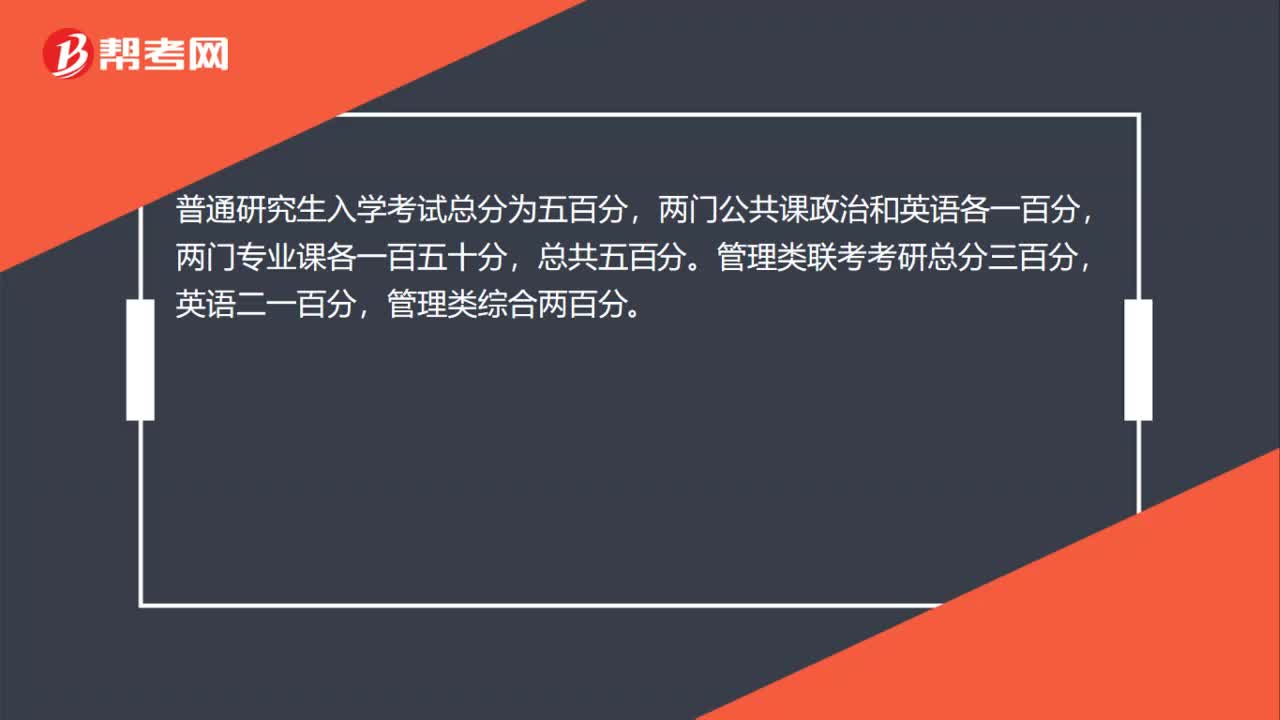 00:27
00:272020-06-06
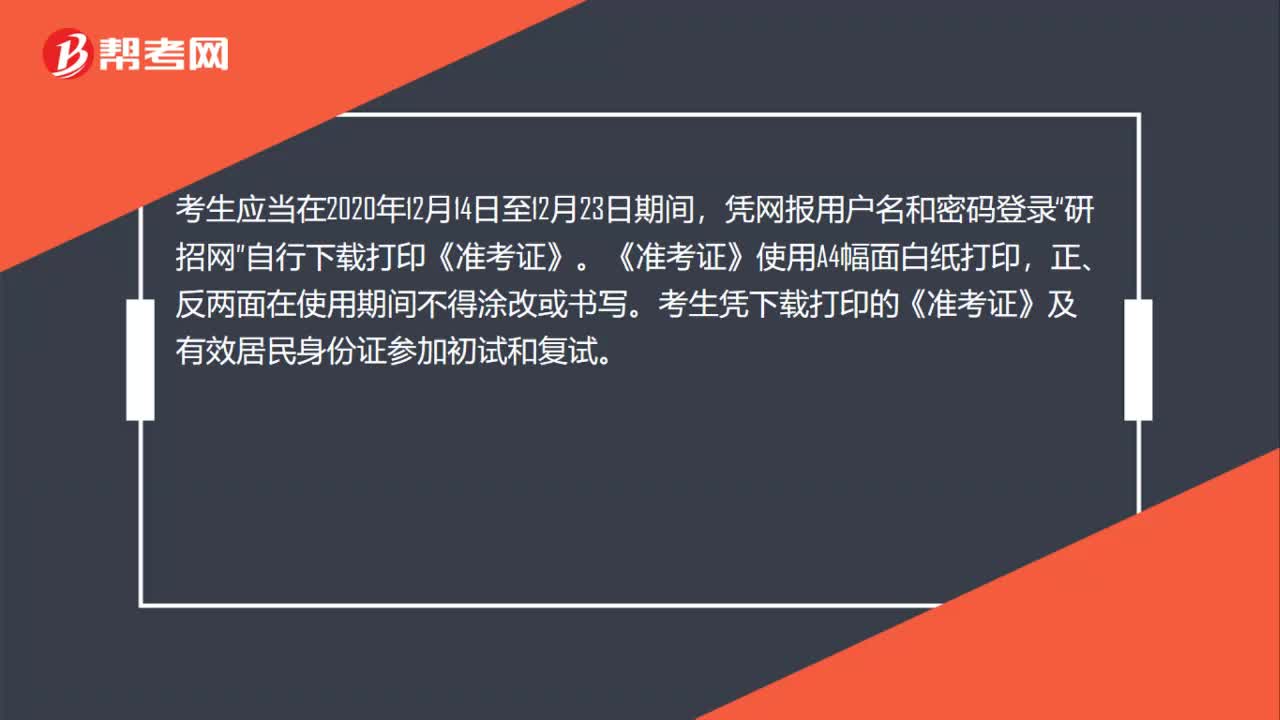 00:33
00:332020-06-06

微信扫码关注公众号
获取更多考试热门资料